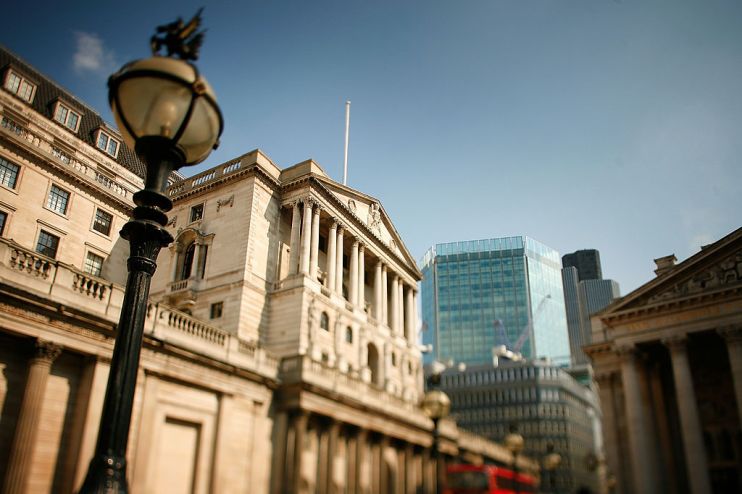Letter to the editor: Interest rates, the long and the short of it
[RE: Bank of England to cut interest rates to three per cent in 2025]
While short-term interest rates make news, many overlook long-term rates, which are reaching levels not seen in over a decade. Over the last three quarters, there has been a rapid upward shift. Nowhere is this clearer than in 30-year Treasury bonds which, in April 2023, were trading with yields around 3.6 per cent.
By late October, those yields had skyrocketed by more than a third, to over five per cent, marking their highest level in about 15 years. We believe this represents an overcorrection.
Long-term interest rates should be higher than they were back in 2008. Until that time, the integration of China and ex-Soviet states into the world economy and the sharp growth of the global working-age population created a worldwide savings glut that took time to absorb.
However, shortly before the pandemic these trends reversed: the world population began to age, global trade in goods decelerated, and Western governments focused on rebuilding industrial capacity. Fundamentally, the world of today is quite like the world of 2019, but with much higher rates.
One explanation for the overcorrection is predictions on inflation. Since short-term inflationary pressures are starting to ebb and given the structural pressures on long-term rates remain the same as pre-pandemic, a rise in long-term rates commensurate with the rise in short-term rates seems disproportionate.
Overall, long-term interest rates should be higher now than they were after 2008, but probably lower than they are today. Smart investors should anticipate an equilibrium somewhere in the middle in the not-too-distant future.”
Adam MacLeod, Castleforge

